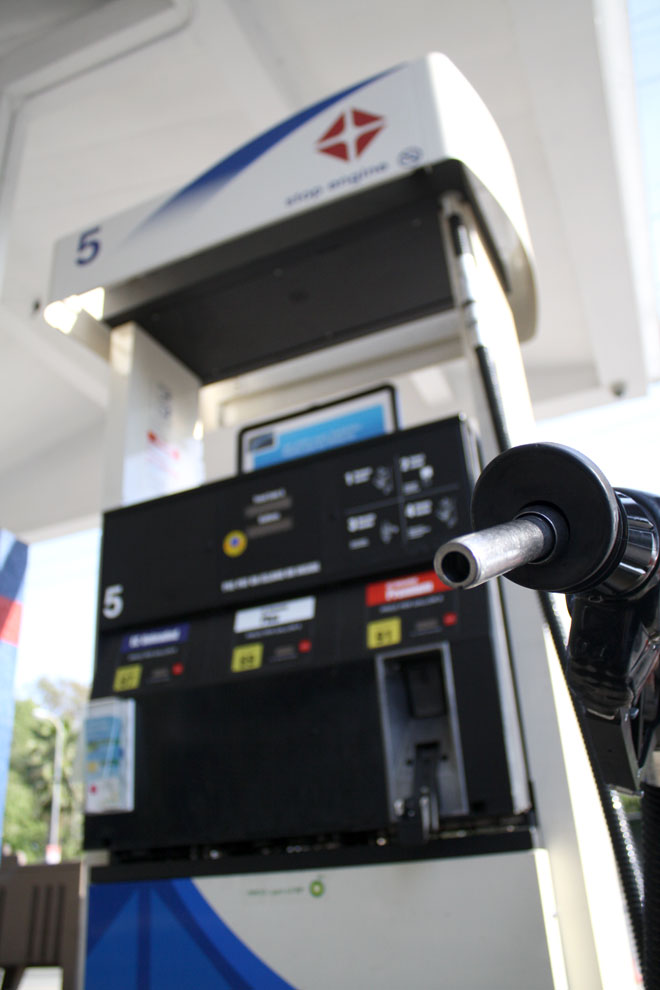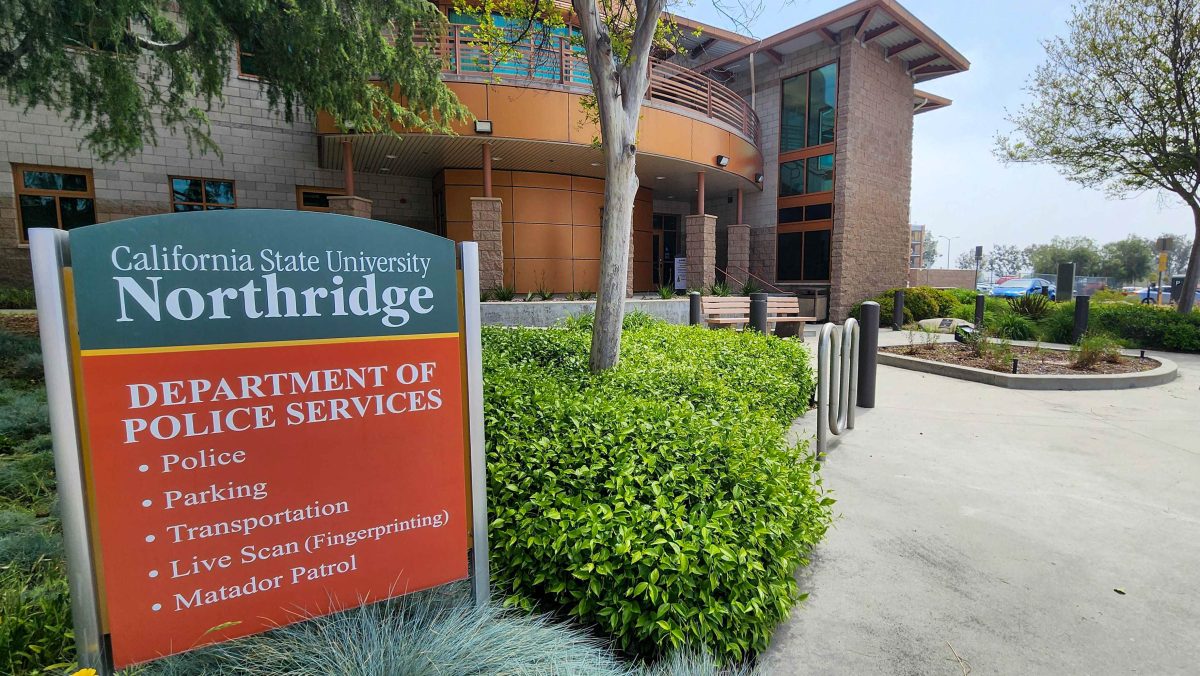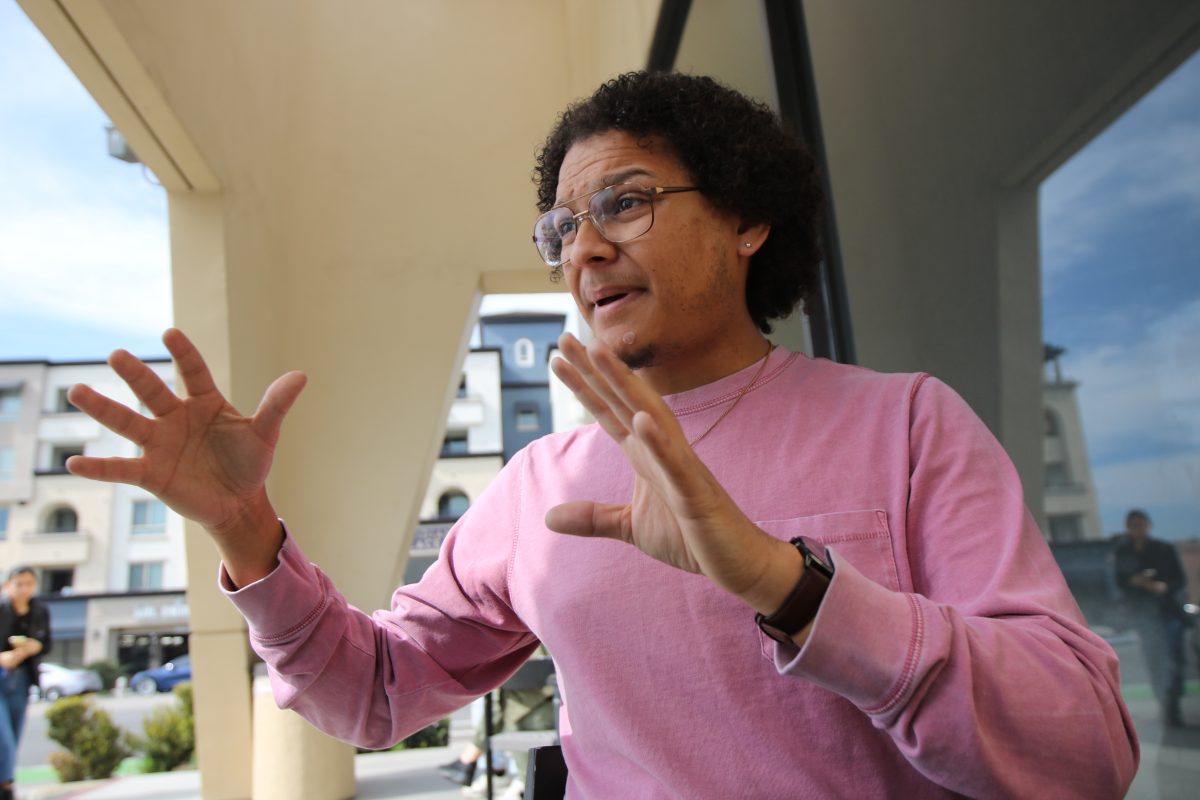
If you’re commuting to school, then you know how hard it is every time you have to go to the gas station. For many students who do not live around CSUN, high gas prices are too overwhelming.
With gas prices topping over $4 a gallon and inching to $5, there are no signs the price will decrease anytime soon. Students like Tony Rodriguez, a pre-law major, finds it difficult to even get to school. Rodriguez drives a Toyota Celica and lives in Valencia. He comes to school three days a week and plans to get a motorbike to save on gas money. So, what can students do to increase the mileage on their vehicles?
Speed limit: Drive like a normal person – we all know people in L.A. like to drive fast, but that is costing you money. So don’t push your pedal to the metal and drive the speed limit. Driving 60 mph instead of 65 mph can save you $0.64 per gallon, according to the U.S. Department of Energy.
Drive efficiently: A 10 percent increase in speed results in 30 percent more fuel used, according to Stewart Prince, a mechanical engineering professor at CSUN. So the next time traffic is not bumper to bumper, drive slower and don’t worry too much about pissed off Angelenos giving you the grandma driver “stare.” Students should avoid stop lights and travel on highways because it is more efficient, Prince added.
Check tire pressure: Make sure your tires are inflated to the manufactured standard. Low pressures in tires means that the wheels have to carry more weight of the car and this will affect your efficiency. You can improve your gas mileage by up to 3.3 percent with properly inflated tires, according to the DOE. Prince said tire pressure is important because under-inflation accelerates tire drag, meaning more of rubber of the wheel touches the surface causing quicker tire wear.
Remove junk from your car: Students should also remove unnecessary junk from their car. Leaving your stuff out of the car can increase gas mileage. One hundred pounds of additional stuff in your car will results to spending $0.08/gallon more on gas, according to the DOE.
Plan and map out your trips/avoid idling: Don’t get lost when looking for a place to eat. GPS your routes, and if your GPS has live traffic, even better. Plan out your errands for the day so you can do it all in one trip to increase your fuel efficiency. Students should also turn off their vehicles when waiting to pick up a friend. A car with a warm engine uses half as much fuel as one with a cold engine, according to the DOE.
Maintenance on your vehicle: Car owners should do regular checkups on their vehicles. Regular oil changes and fixing problems can increase your mileage, said CSUN student and car enthusiast Russ Dzidic. According to the DOE, avoid using cheap oil and use the recommended motor oil. Also, the DOE recommends fixing small problems like a bad oxygen sensor can increase your efficiency up to 40 percent. In a new study by the DOE found replacing clogged air filters does not improve fuel efficiency on a car that are fuel injected, but will improve acceleration.
Don’t come to class if you don’t need to: Try to schedule your classes so you don’t have to come every day. Students should try to enroll in more online classes and hybrid classes, Prince said.
Go green: If your gas guzzling car is costing you a fortune, you might think about buying a hybrid or electric car. You can go to FuelEconomy.gov, a website that has a tool that can help consumers find a fuel efficient car. This website also allows consumers to browse cars by model, class, price, or miles per gallon.
Carpool: The easiest and simplest method to saving gas is getting an assist from a friend. Why drive if there’s someone willing to take you? Carpooling is a great way to get around without starting up your engine. Find friends that are going to the same or similar destinations, and see if they give you a lift.






